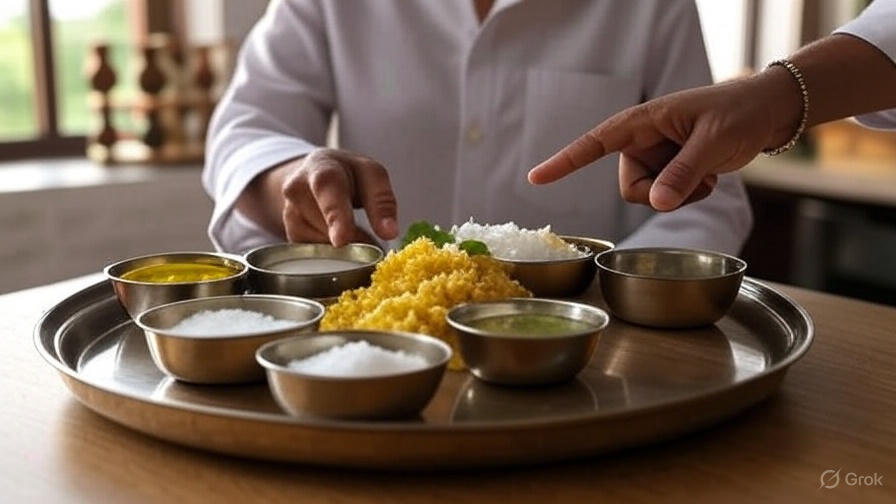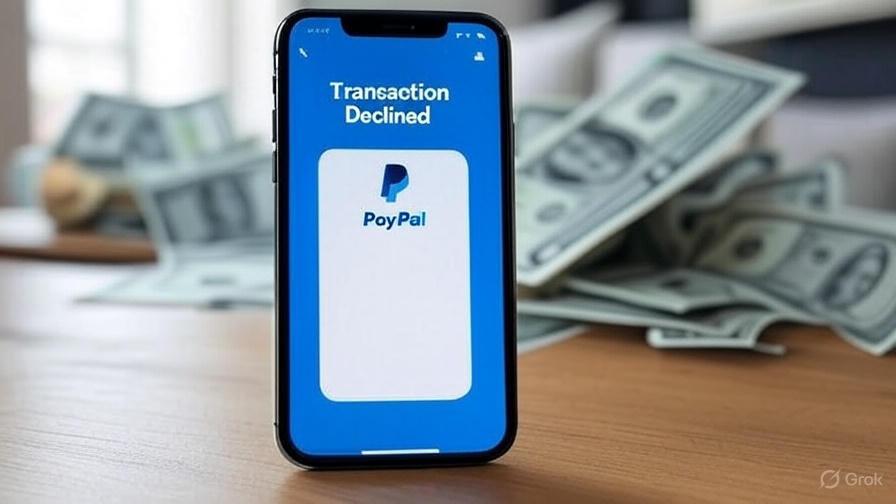Sugar Salt Oil Intake: The Truth About How Much Is Too Much for Indians
Sugar salt oil intake represents one of the most critical nutritional challenges facing modern India. As we observe National Nutrition Week 2025 (September 1-7), the Ministry of Health and Family Welfare’s theme ‘Eat right for a better life’ couldn’t be more timely. The Indian Council of Medical Research-National Institute of Nutrition (ICMR-NIN) 2024 guidelines reveal that most Indians consume dangerously high levels of these three kitchen staples, contributing significantly to the country’s growing burden of lifestyle diseases.
This comprehensive guide breaks down exactly how much sugar salt oil intake is safe, the hidden sources in your diet, and practical strategies to reduce consumption without sacrificing flavor. With obesity, diabetes, and hypertension rates soaring across all age groups, understanding these recommendations isn’t just educational—it’s essential for protecting your family’s health.
The Sugar Crisis: India’s Sweetest Problem
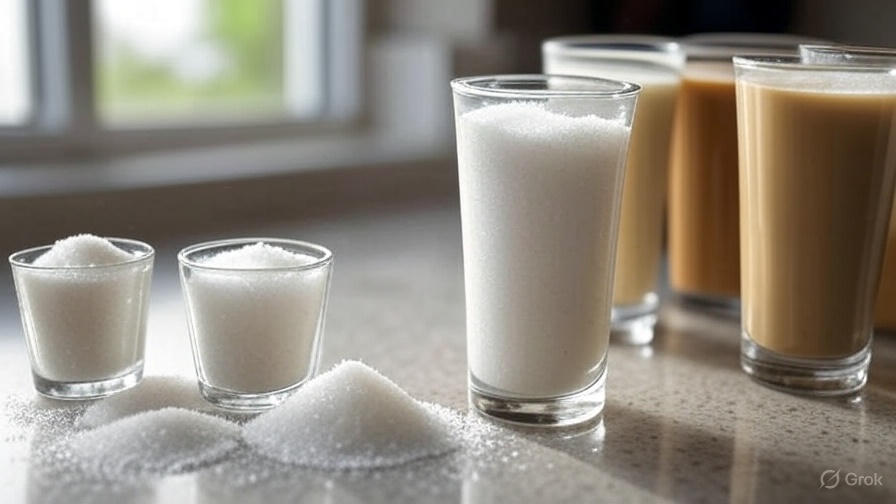
When it comes to sugar salt oil intake, sugar often proves the most deceptive. The ICMR-NIN 2024 guidelines recommend keeping added sugar below 20-25 grams daily (approximately five teaspoons) for adults on a 2,000-calorie diet. The World Health Organization suggests an even stricter limit of less than 5% of total energy intake from free sugars.
The reality? Most Indians consume two to three times this amount, often unknowingly through:
- Sweetened beverages and packaged juices
- Daily tea and coffee with multiple teaspoons of sugar
- Traditional sweets and desserts
- Hidden sugars in sauces, breads, and processed foods
Excess sugar doesn’t just cause weight gain; it significantly increases your risk of type 2 diabetes, fatty liver disease, and inflammation throughout the body. The World Health Organization identifies sugar reduction as one of the most effective strategies for preventing non-communicable diseases globally.
Salt: The Silent Killer in Indian Kitchens
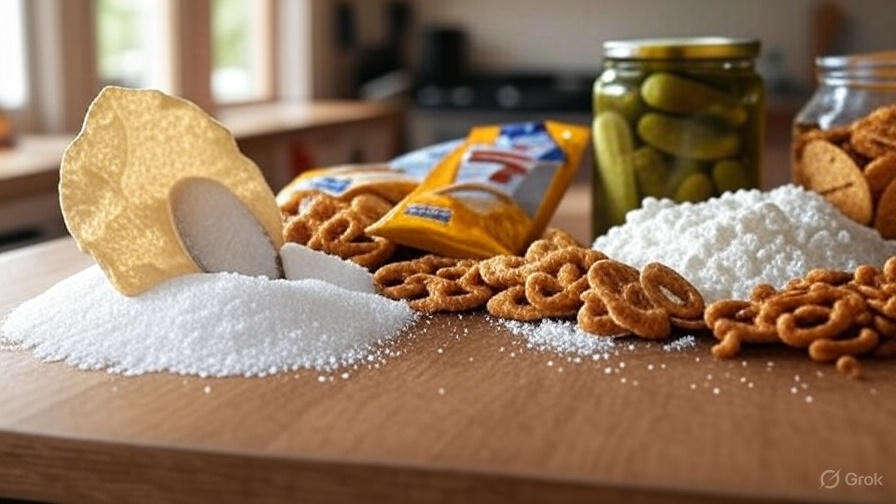
While discussing sugar salt oil intake, salt often gets overlooked despite being equally dangerous. The WHO recommends no more than 5 grams of salt daily (approximately one teaspoon), but the average Indian consumes nearly double this amount at 9-10 grams.
The health implications are severe and well-documented. Excess sodium intake directly raises blood pressure, which according to a study published in the New England Journal of Medicine, is responsible for approximately 1.65 million cardiovascular-related deaths worldwide annually.
The hidden sources of salt in Indian diets include:
- Processed foods like chips, noodles, and ready-to-eat meals
- Traditional high-sodium foods like papad, pickles, and chutneys
- Restaurant and street food, which often contains excessive salt
- Table salt added during cooking and at the table
Oil Consumption: India’s Liquid Calorie Problem
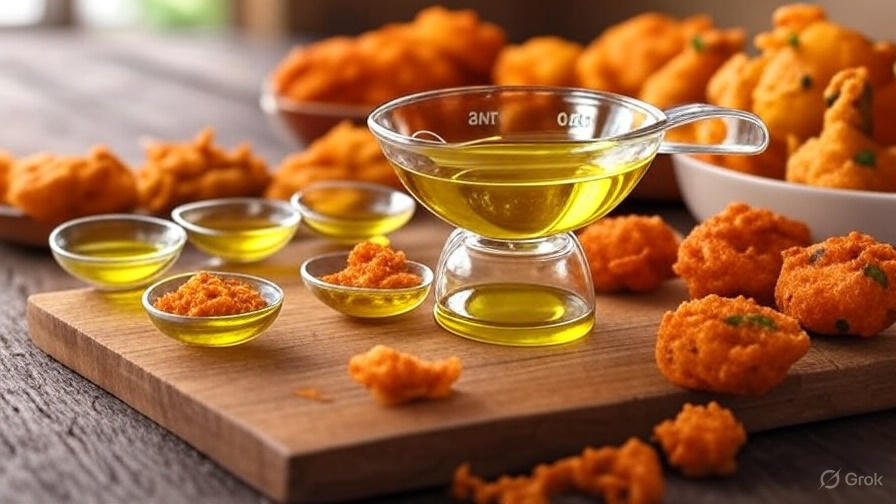
The third component of problematic sugar salt oil intake is cooking oil. While essential for nutrient absorption and energy, oils become harmful when consumed in excess. ICMR-NIN and FSSAI recommend 25-30 grams of oil per person daily (approximately 6 teaspoons), but many Indian households exceed this through:
- Regular consumption of fried foods like samosas, pakoras, and puris
- Generous oil use in gravies and curries
- Multiple tablespoons of oil in tadka and seasoning
- Reusing cooking oil, which creates harmful trans fats
The type of oil matters significantly. Nutritionists recommend rotating cooking oils and prioritizing those with better fatty acid profiles. Mustard oil, groundnut oil, and rice bran oil offer favorable compositions for Indian cooking methods.
Practical Strategies for Healthier Sugar Salt Oil Intake

Reducing your sugar salt oil intake doesn’t mean abandoning flavorful cooking. These practical strategies can help you stay within healthy limits:
For Sugar Reduction:
- Gradually reduce sugar in tea and coffee by ¼ teaspoon every week
- Replace sugary desserts with fresh fruits, dates, or nuts
- Read labels carefully and avoid products with sugar in the first three ingredients
- Use spices like cinnamon, cardamom, and nutmeg to enhance natural sweetness
For Salt Reduction:
- Taste food before adding salt at the table
- Use herbs, lemon juice, garlic, and spices to enhance flavor
- Rinse canned vegetables and beans to remove excess sodium
- Limit consumption of processed foods and choose low-sodium alternatives
For Oil Reduction:
- Measure oil with teaspoons instead of free pouring
- Use non-stick cookware to reduce oil needs
- Try alternative cooking methods like steaming, baking, or grilling
- Add moisture to dishes with tomatoes, onions, and yogurt instead of oil
The Bigger Picture: National Nutrition and Public Health
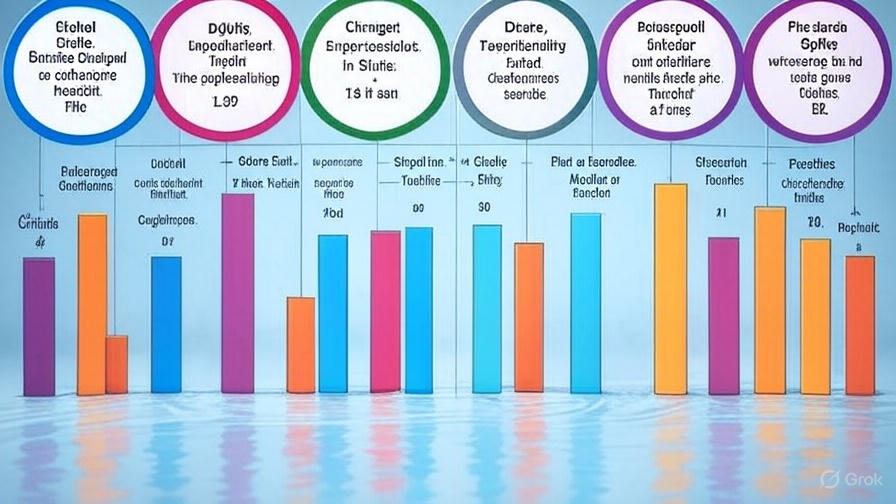
The conversation about sugar salt oil intake extends beyond individual kitchens to national public health. According to the ICMR-NIN, inappropriate dietary patterns contribute significantly to India’s growing non-communicable disease burden.
Recent studies indicate that:
- 25% of urban Indians are either diabetic or pre-diabetic
- Hypertension affects nearly 30% of Indian adults
- Obesity rates have doubled in most states over the past decade
National Nutrition Week serves as a crucial reminder that small changes in our sugar salt oil intake can yield significant public health benefits. Community education, clear food labeling, and accessible nutritional guidance can help reverse these troubling trends.
Balance, Not Elimination
Understanding healthy sugar salt oil intake isn’t about complete elimination but about mindful consumption. By following the ICMR guidelines of:
- Sugar: ≤5 teaspoons daily
- Salt: ≤1 teaspoon daily
- Oil: ≤6 teaspoons daily
You can significantly reduce your risk of lifestyle diseases while still enjoying India’s rich culinary traditions. National Nutrition Week 2025 offers the perfect opportunity to reset your family’s eating habits and build a foundation for long-term health.
Start with one change at a time, involve your family in meal planning, and remember that every small step toward healthier sugar salt oil intake contributes to a healthier India.
